
By learning about different parts of a camera and discovering how they affect image quality, you can improve your photography skills faster. Besides, this knowledge will help you select a camera that suits your needs, perform maintenance, and, in some, cases, fix possible issues. This information will be especially useful for owners of older models that are in need of repair.
A camera is an advanced device that consists of a variety of components. However, you need to learn more only about the 19 main parts of a camera. This information will be especially useful for beginners who are just starting to use their cameras. If you learn more about the components of your model, it will be easier for you to understand how they function.
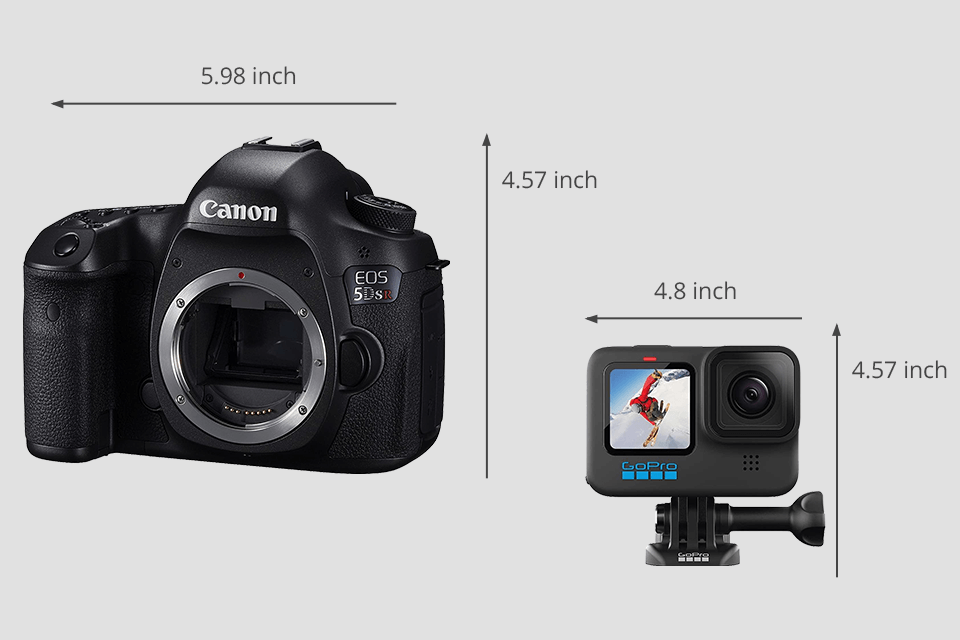
The first part of a camera that you notice instantly is its body that contains all other components. Camera bodies differ in shape, weight, size, and color. Everything depends on the model of the camera and its intended use.
As for small GoPro cameras, they are quite compact and can easily fit into your pocket. It allows you to use them to take photos in different situations.
Larger DSLR cameras might weigh more than 5 pounds. For instance, the Sony A7R III is considered to be one of the most popular cameras for photographers. It weighs 1.45 pounds, while its size is 9.6 х 6.1 х 5.6 inches. If you travel a lot and like taking photos on the go, you can use the GoPro Hero 8 that weighs only 0.25 pounds. Its size is 1.14 х 1.89 х 2.6 inches.
Most camera bodies are made from the same material. However, it is better to select a model with shock-impact and moisture protection, since it will allow you to use your camera for years to come regardless of the weather conditions.
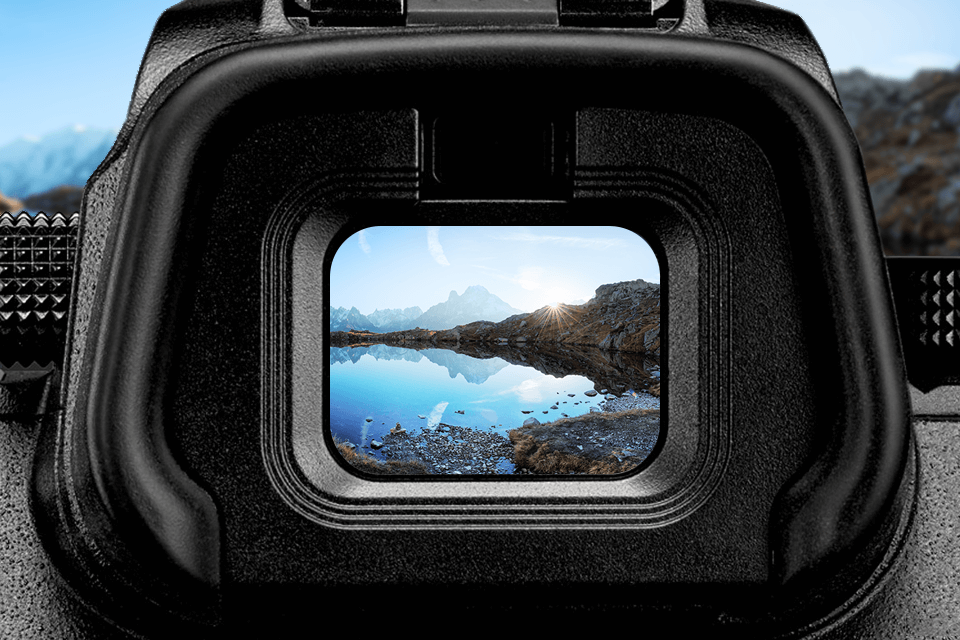
A viewfinder is a small rectangular window on the rear panel. You can use it to preview your shot. There are several types of viewfinders. For instance, a digital (optical) viewfinder comes with a set of mirrors that allow you to see everything that is in the field of view of your camera`s lens. However, if you have a mirrorless camera, it will be fitted with an electronic viewfinder (EVF). It displays a digital image. Both of them serve the same purpose and allow you to select the right focal distance, create a perfect composition in the frame, and take a photo.
Besides, you need to consider a frame coverage of a viewfinder. It shows the percentage of the field of view of the sensor that you can see in the viewfinder. If the coverage is wide, it will be easier for you to see the edges of the photo.
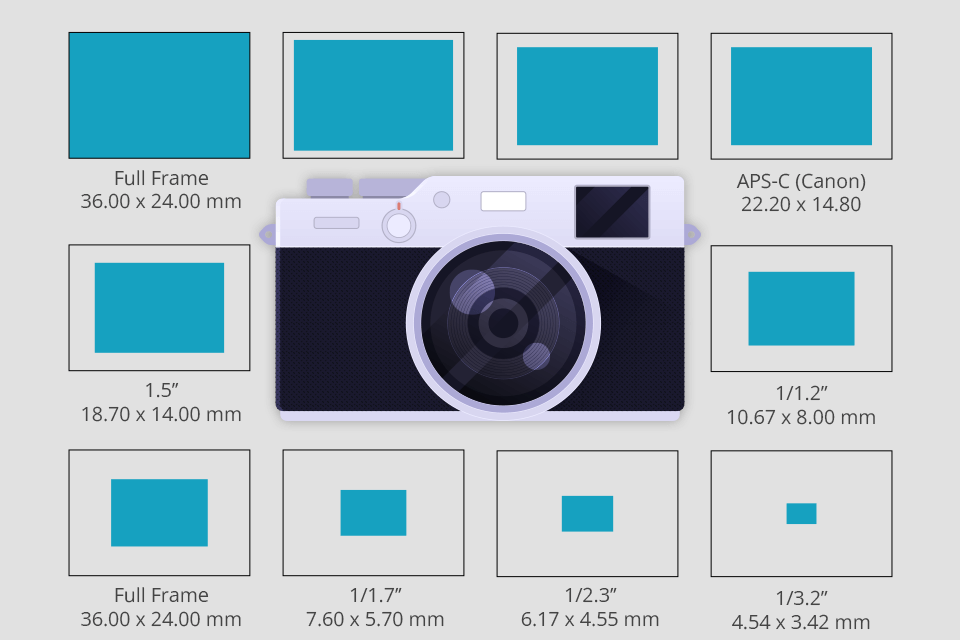
A sensor is one of the main camera parts since it is responsible for recording light. It is located right under the lens and has a rectangle shape. This sensor records the light and creates an image preview that you can see through the viewfinder.
The type of sensor might differ depending on the model of a camera and its size. For instance, your camera might be fitted with a full-frame or crop sensor. The latter is typically embedded in affordable photography cameras. Its purpose remains the same. You just need to understand that a full-frame camera allows you to take an image of better quality even in low light than models equipped with a micro 4/3 sensor.
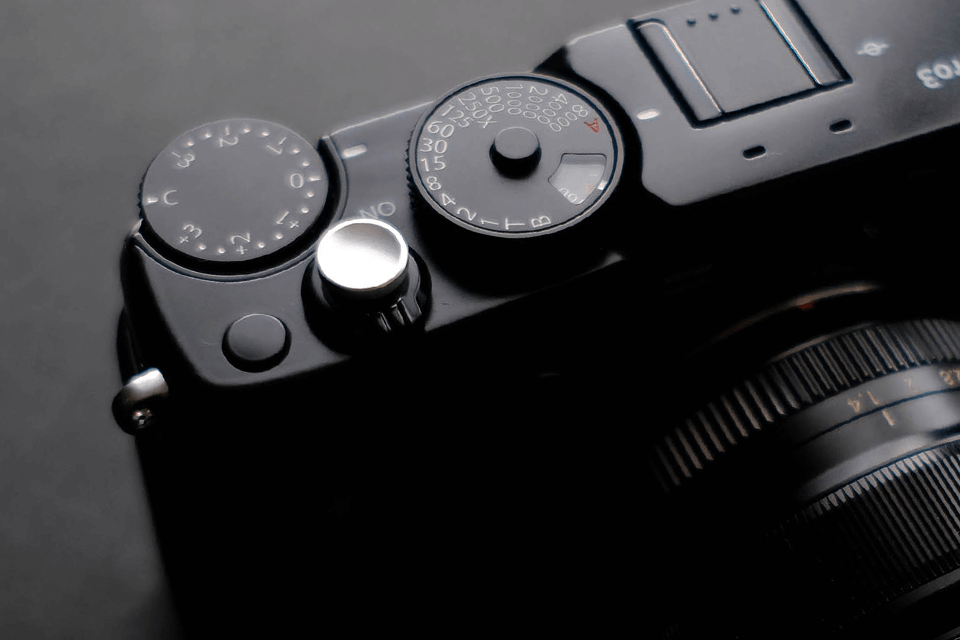
A camera shutter is a piece of plastic or metal that helps control the amount of light that gets to the sensor. By pressing the shutter release button, you can control the exposure, which will directly affect your image. When you press this button, the shutter opens and closes thus letting in more light. It enables you to take a photo and save it to the memory card.
Most camera models allow you to use the shutter release button to maintain the focus. To do it, you need to slightly press it until you see that your camera is focused on your subject.
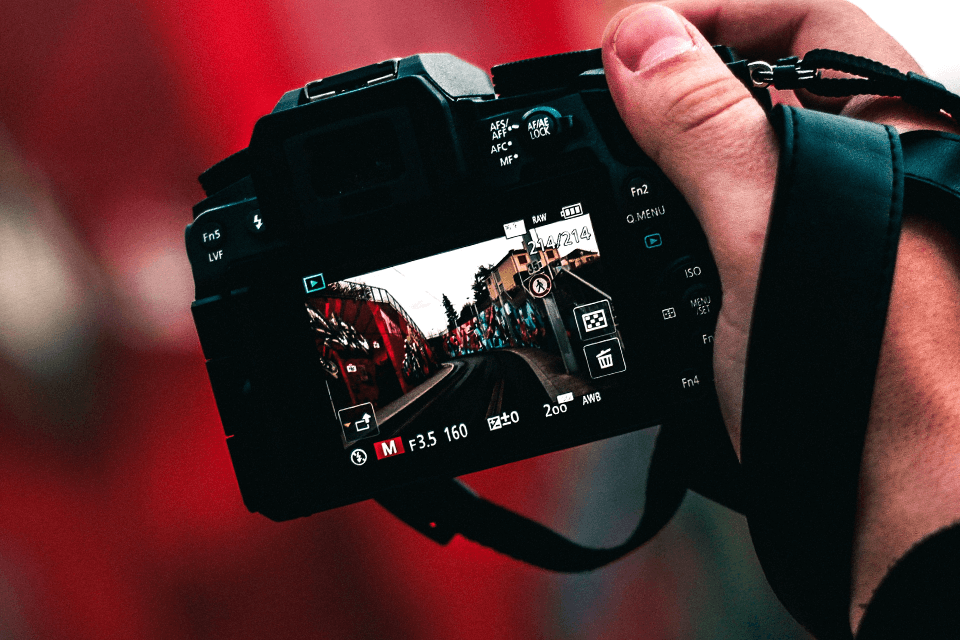
You can find an LCD screen or a display on the rear panel of every digital camera. It is used for displaying all the camera settings and viewing photos. If you buy a modern camera, it will be fitted with an LCD screen. Its key advantage is that it supports high-quality images and can be controlled via the sensor. This is one of the most useful components in the structure of camera since on this screen you can see a whole image without using a viewfinder.
For a more comfortable shooting experience, I recommend using cameras with an LCD screen that can be tilted 180 degrees. It will allow you to take complex staged shots.
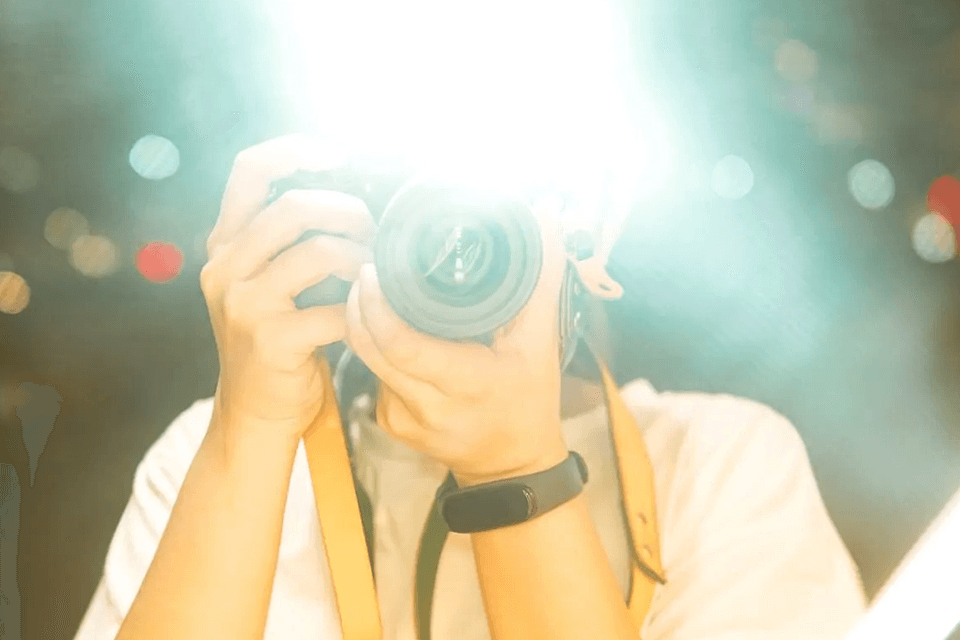
Some models of digital cameras come with an in-built flash in the top part of the camera`s body. When you turn on a camera flash, you can use it immediately. It will be activated when you press the release button. This camera part will help you take great photos when working in low-light conditions.
However, make sure to avoid harsh shadows. Besides, a camera flash might make colors look blurry. If you want to experiment with shadows and learn how to add beautiful highlights, make sure to read these flash photography tips.
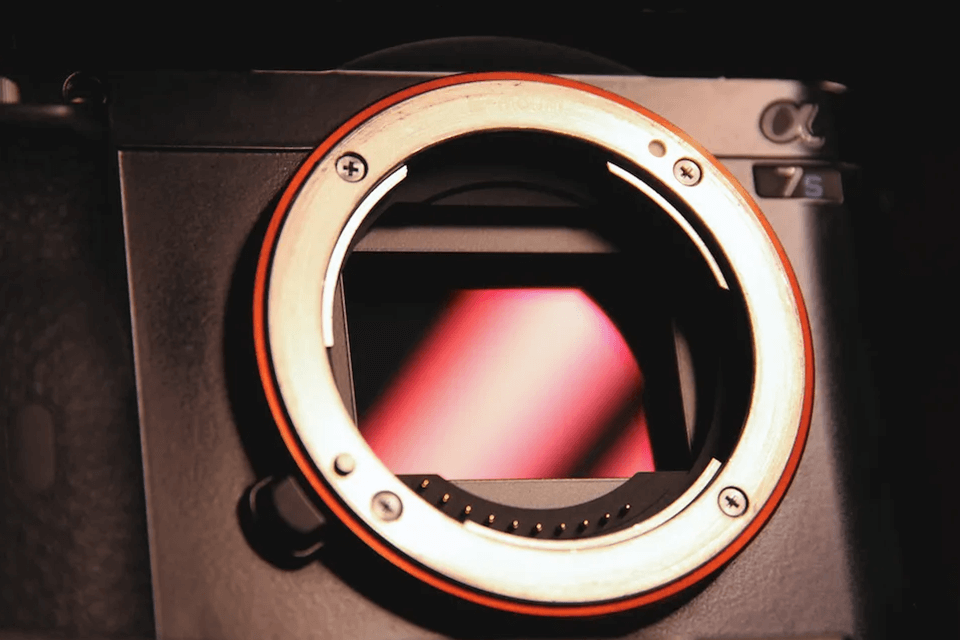
The flange is a mount that connects a lens to a camera body. You can find it only on cameras with a detachable lens. It has markings that allow you to fix a lens properly. After inserting a lens, the fixing mechanisms and connection pins between the camera body and the lens will become connected. It will allow you to control the lens via your camera`s settings.
Tip: Make sure to keep the flange clean. There should not be any traces of dirt or grease. You can use special lint-free wipes before installing a camera lens.

Almost all modern camera models come with the AF/MF control. Its name refers to autofocus (AF) and manual focus (MF). By adjusting the control, you can change the focus mode of your camera. In autofocus mode, your camera will automatically select a focus. When using manual focusing mode, you will need to rotate a focus ring on the lens to focus on your subject.

If you take a look at the bottom part of the camera, you will see a 1/4 or 3/8 quick release plate. It is used for mounting a camera on a tripod head. Thanks to it, you can quickly mount your camera and fix it securely in place.
Furthermore, a quick release plate ensures stability and security by providing a tight and secure connection between the camera and tripod head. The locking mechanism on the plate prevents any accidental movement or slippage during use, allowing for steady shots and reducing the risk of camera shake.
Quick release plates come in various shapes, sizes, and designs to accommodate different camera models and tripod systems. Some plates have additional features such as anti-twist mechanisms or safety locks to enhance stability and prevent unintentional release.

Most cameras, especially models released by Сanon or Nikon, are fitted with a small diopter wheel. If you have some eyesight issues, it will be easier for you to focus on your subject if you adjust a diopter wheel. You can change the camera settings depending on your acuity of vision.
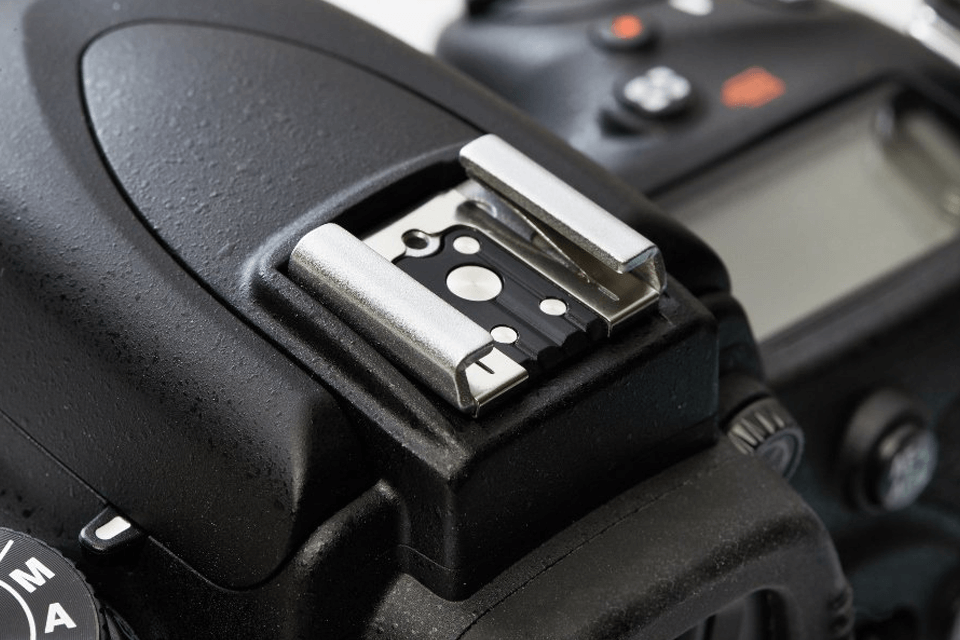
A metal mounting point that can be found in most DSLR and mirrorless cameras is called a Hot Shoe. It is used for mounting and connecting a remote control or external camera flashes. With the help of small sensors in the bottom part of the mounting point, the camera can send signals to other accessories.
As for compact cameras, they don`t have a Hot Shoe or have only its small version called the Cold Shoe. This camera part allows photographers to connect accessories without transmitting signals to them. Unlike the Hot Shoe, it doesn`t have any sensors.
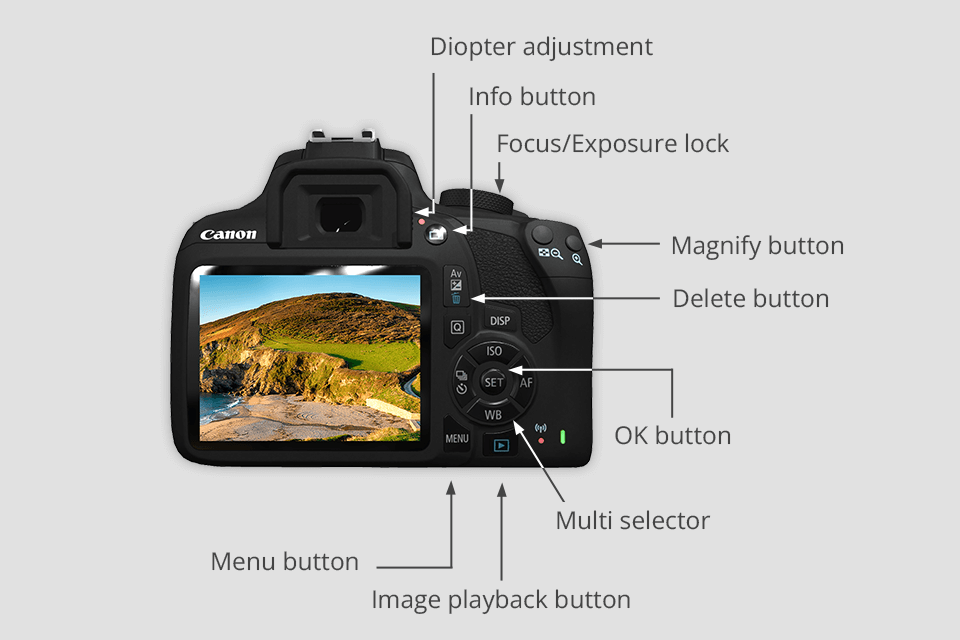
When talking about user controls, people refer to the camera buttons that allow changing the menu settings, selecting shooting modes, etc. All these buttons enable you to control your camera.
While every model has slightly different camera settings, the button layout is usually the same. For instance, a shutter release button is always located in the top part of the camera. The mode dial can be found next to the viewfinder.
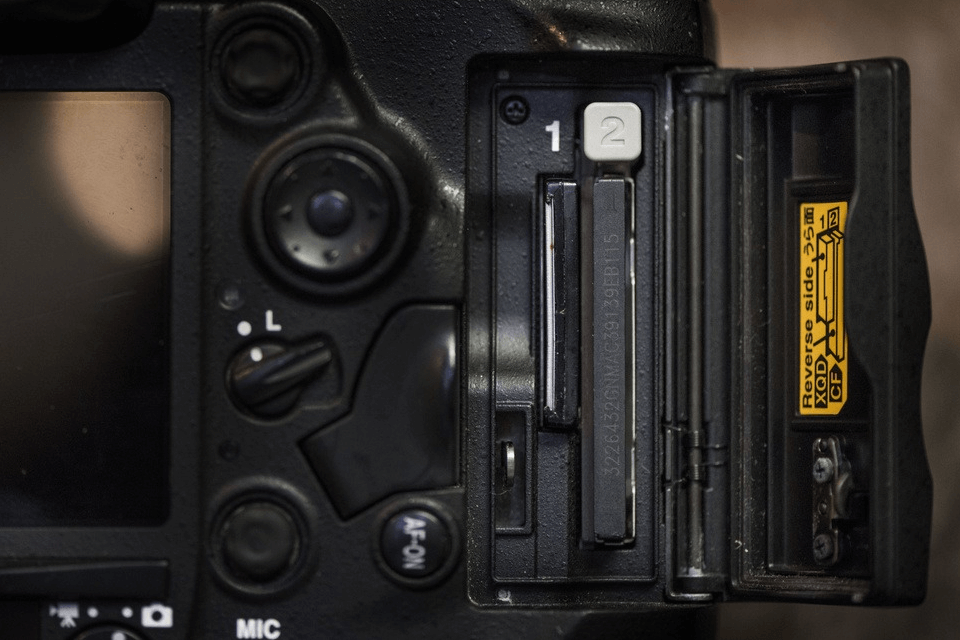
To copy information from your camera to the memory card, make sure to use a dedicated slot. Every digital camera has a slot for a memory card. Besides, some professional cameras are fitted with several memory card slots. Thanks to it, it will be easier for you to back up your images. These camera parts range depending on the model and the purpose of use of your camera.
Everything depends on the type of card. It is important to understand that memory cards have different speeds, which directly affects the import and recording speeds.

Most digital cameras have many additional inputs on the side near the memory card slot. For instance, a remote trigger input, DSLR microphone input, or HDMI port for connecting a camera to a computer. Some cameras have even more input. Everything depends on their brand and purpose of use.
If the inputs of your camera don`t work properly, it might mean that they are dirty. To avoid this issue, make sure to keep your device in a dedicated camera bag.

While in most cases you need to buy a lens, some cameras come with an in-built lens. It has a set of lenses and mirrors that focus light on the sensor. Any lens has an adjustable focal length, from wide to middle one, such as 55mm. If you are looking for a camera lens for real estate photos, you need to pay attention to the minimum focus distance. It should be about 11-24mm. When it comes to camera lenses for portraits, the focus distance should be about 35-50mm. Depending on the brand, the numbers and letters on lenses can mean different things, so you may need to do some research to test the potential of each lens.

Thanks to this ring, you can change the distance between the glass elements of a camera lens. The zoom ring is usually located closer to the camera body. By rotating it, you can easily change the focus distance of your camera.
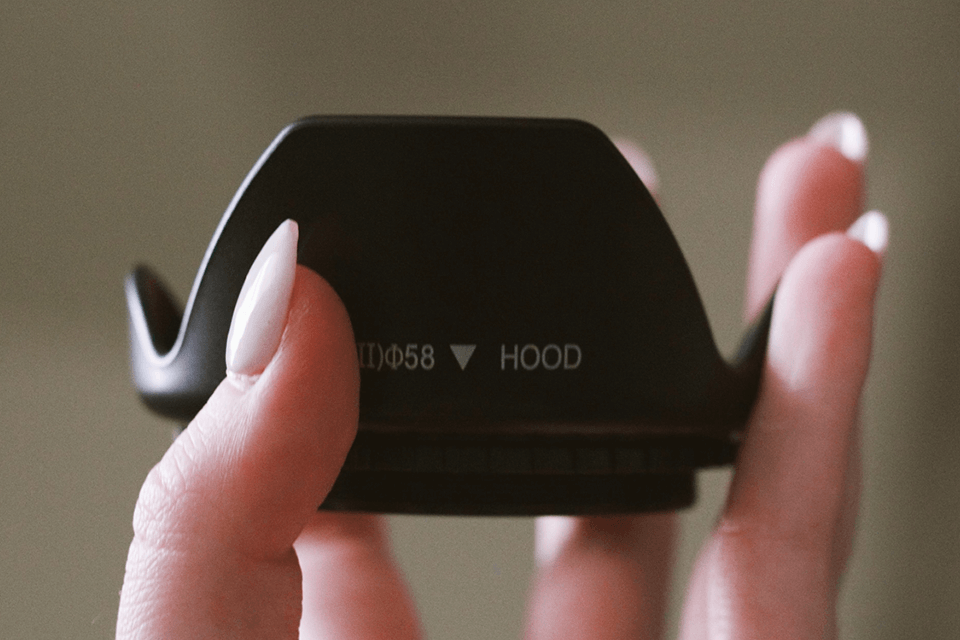
It is one of the most important camera parts as it allows you to take images without any blur. You can find the focus ring in the front part of the camera lens. It lets you focus manually (MF). By rotating the focus ring, you can focus on your subject better.
Besides, there is a distance scale on the lens that allows you to estimate the distance from the target surface. If you use autofocus, the ring becomes inactive, and you won`t be able to rotate it.
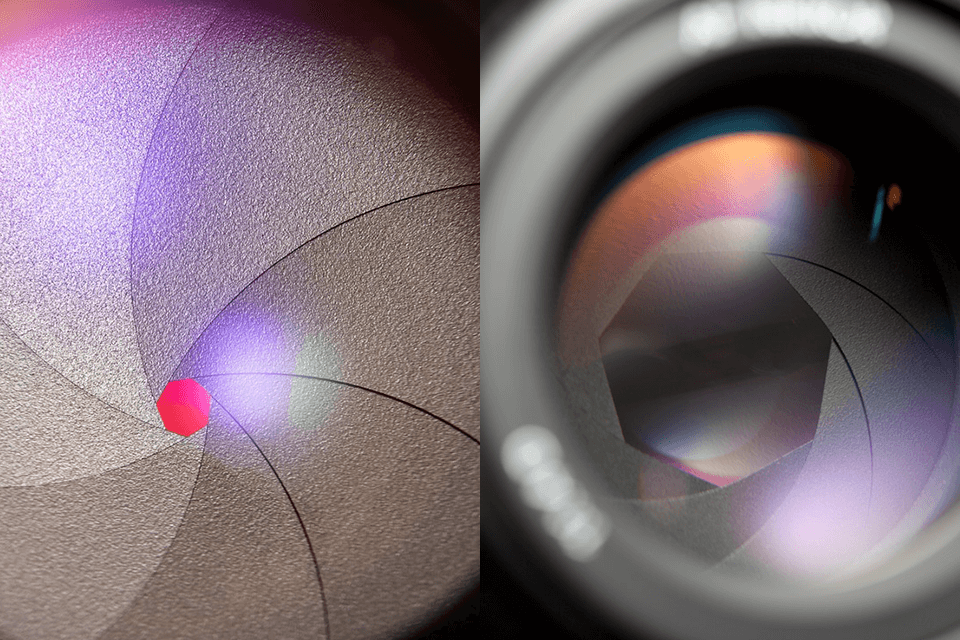
An aperture looks like a small donut-shaped ring inside the camera lens. The lens`s diaphragm opens and closes depending on the settings you use. The best camera models support higher aperture values.
If your camera has a wide aperture, for instance, F/4, it lets in more light which accounts for higher exposure. You can use such cameras to take photos at night or in poor light situations. If you set the aperture to F/16, it will make your photos blurry. Besides, you can use a wide aperture for taking photos with a blurry background.
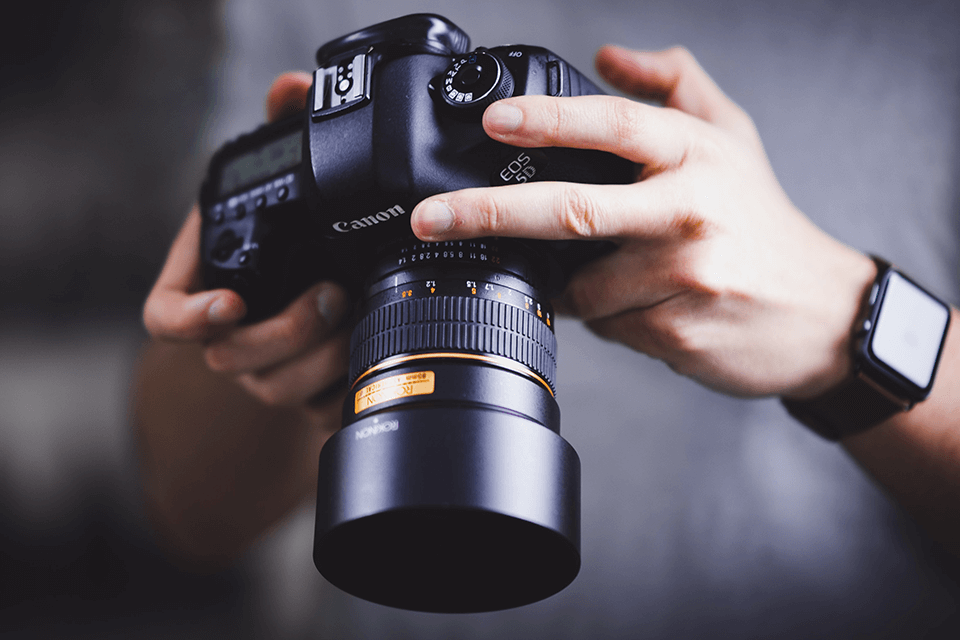
A lens hood is a detachable plastic ring in the front part of the camera lens. It was created for protecting a lens from flare and incidental damage. However, not all lenses come with a lens hood, especially compact and wide-angle lenses since a lens hood might get in the way. This is why zoom lenses usually have large lens hoods.
A lens hood allows you to minimize flare. While some specks of light might make your photos more unique, more often they spoil a whole shot. Besides, it might be difficult to remove them during post-processing even if you use Photoshop or other similar software.